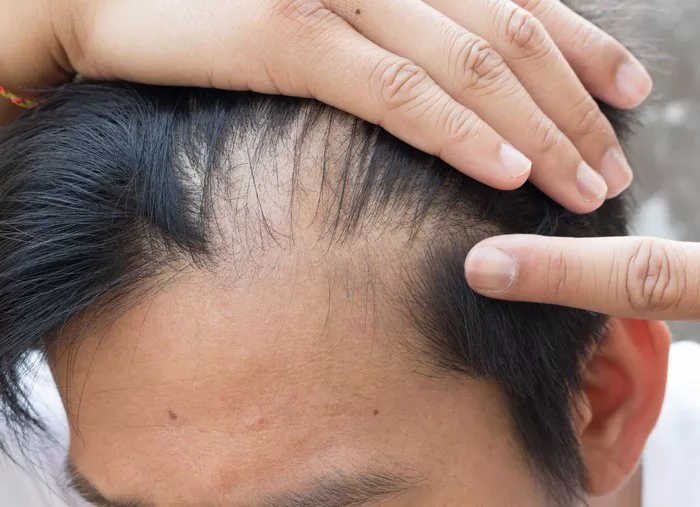Hair loss is a concern shared by many, and it’s reassuring to know that it’s a widespread issue. The Cleveland Clinic reports that over 50 percent of women will encounter noticeable hair loss at some point in their lives. While this knowledge may offer some solace, the emotional toll of hair loss remains intense, whether it’s a thinning ponytail or a more visible part. The quest for solutions is natural, but understanding the root causes is a crucial first step in devising a targeted treatment plan.
In collaboration with leading dermatologists, we’ve compiled this comprehensive guide to address common causes, top treatment options, expert-recommended products, and preventative measures for hair loss. Here’s where you can start to alleviate the stress related to hair loss.
Normal Hair Loss Levels
Before diving into the causes and solutions, it’s vital to understand that shedding hair is a natural part of the hair growth cycle, as explained by Melissa Piliang, MD, a board-certified dermatologist at the Cleveland Clinic. On average, individuals lose approximately 100 hairs daily. However, instead of fixating on a specific number, Dr. Piliang emphasizes the importance of recognizing your personal baseline. “Most of us can visualize the amount we see in our hairbrush or in the shower or how much we pick off of our clothes,” she states. If you observe a significant change in the amount of hair you’re losing or if you’re constantly finding hair everywhere, it’s an indicator that something might be amiss.
If you’re uncertain about what’s normal for you, consider collecting all the hair you lose in a day and bring it with you when you consult a dermatologist. Seeking medical attention is highly recommended whenever hair loss concerns arise, as emphasized by Michele Green, MD, a board-certified dermatologist in New York City. Doctors can conduct blood tests, rule out underlying medical conditions, and ensure accurate diagnosis before proceeding with treatment.
Understanding the Causes of Hair Loss
The causes of hair loss are multifaceted and complex. Among the numerous factors at play, here are four of the most prevalent, according to our experts:
1. Female Pattern Hair Loss (FPHL): Also known as androgenetic alopecia, FPHL affects a significant 40 percent of women by the age of 50. It is characterized by chronic, gradual hair loss that leads to a wider part, increased scalp visibility, and possible hairline recession in an ‘M’ shape. Hormonal shifts, particularly related to androgens like testosterone, play a substantial role, with these hormones converting to DHT, a hormone that targets hair follicles. This process alters the hair cycle, reducing the growth phase and decreasing hair diameter.
FPHL is more commonly associated with aging but can occur at any age, especially if there is a genetic predisposition. Some women in their twenties have experienced it, as noted by Dr. Green.
2. Telogen Effluvium (TE): TE is characterized by abrupt and dramatic hair shedding that often follows a stressful event, whether emotional (e.g., a breakup or the loss of a loved one) or physical (e.g., surgery or severe illness). This shedding typically begins three months after the stressor, although the precise reason for this time lag remains unclear. High cortisol levels, a stress hormone, may contribute to the accelerated transition of hair from the growth phase to the shedding phase.
Preventing Hair Loss: What You Can Do
While you can’t control your genetics, age, or hormonal levels, there are proactive steps you can take to help safeguard your hair:
1. Change Your Hairstyle: If you’re concerned about traction alopecia, altering your hairstyle to reduce tension on your roots can be beneficial. Dr. Mirmirani recommends avoiding consistently tight styles that could damage your hair. Additionally, be cautious about chemical treatments such as dyes, perms, or relaxers, as they can weaken your hair’s integrity, making it more susceptible to damage from tight hairstyles.
2. Regular Shampooing: Contrary to the current trend of washing hair infrequently, regular cleansing with a gentle, non-drying shampoo is essential for preventing hair loss. Accumulated oil, dirt, and pollutants can obstruct hair follicles and hinder hair growth when left untreated. Dr. Piliang advises maintaining a diligent hair cleansing routine and being judicious with heat styling as part of a comprehensive preventive strategy.


